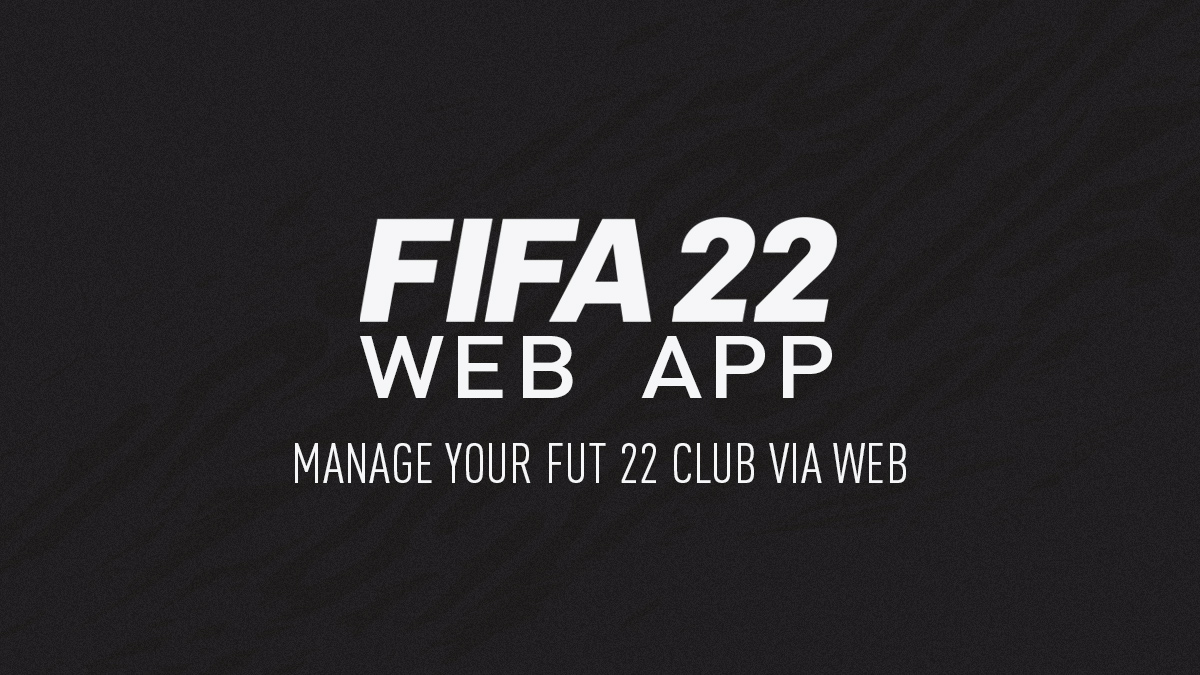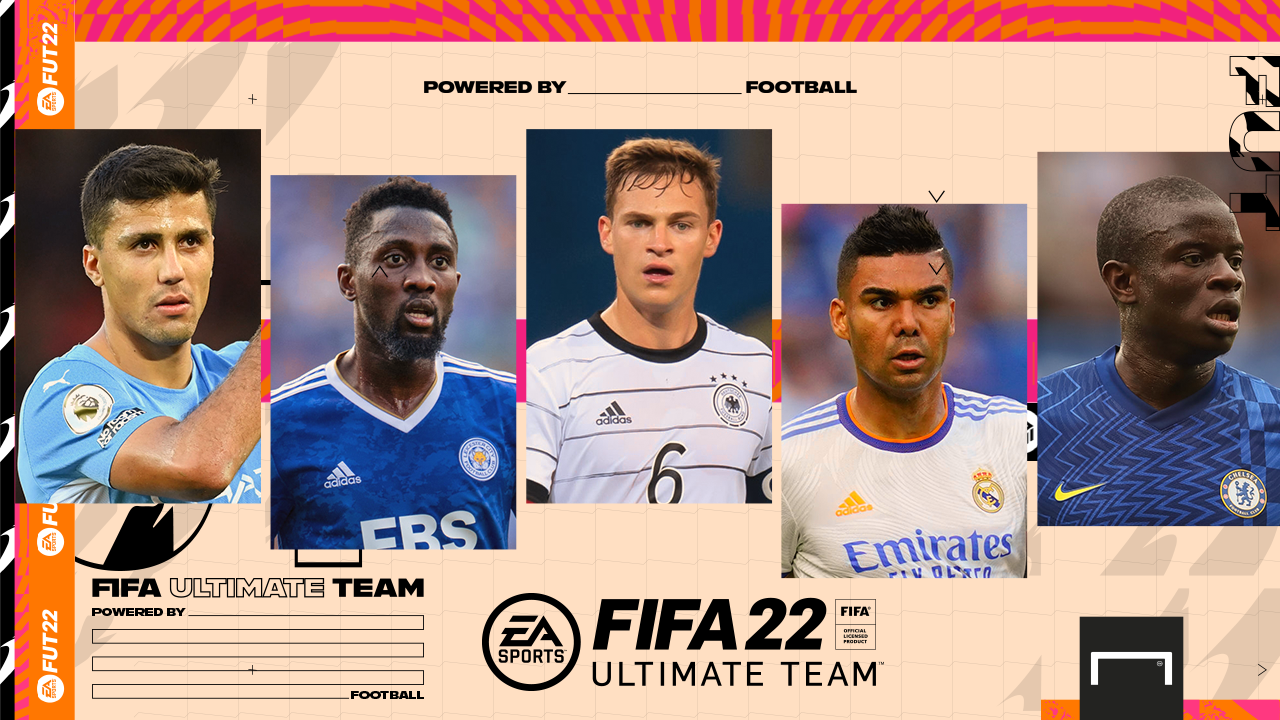
The problem is that you’re not given specific details as to the exact rules that you broke. What causes this error? Explanation 1Īs the message itself suggests, you can no longer access the transfer market because you failed to obey some rules last time you used the feature. The complete error reads as follows: Your account has been blocked from using the Transfer Market on the Web and Companion apps due to breaking our rules. Fix Your account Has Been Blocked From Using the Transfer Market on the Web and Companion Apps The only thing you can do is wait until the miracle happens and keep playing. The problem is this could take a few days. If this transfer market access error was triggered because you used a different platform or account on the Web App, you need to wait until your status has changed. Wait for the Transfer Market status to change
#Fifa web app transfer targets how to
Unfortunately, the only way to unlock access to the market on the app is through the game itself after it detects sufficient gameplay from game modes for FUT Customer support has no way to unlock access to the market on the app and every account has different requirements so my advice is to keep playing and use the market on the game itself.įor more information, see How to earn access to the FUT Transfer Market on the Web and Companion Apps. How do you unlock the Transfer Market on FIFA? To unlock access to the FIFA Transfer Market, you need to explore all the aspects of FUT: play as many games as possible, and follow the instructions indicated by the game. Or because you did not play enough games. This error usually occurs because you didn’t play FIFA on the same platform or with the same account you’re using for the Web App.
#Fifa web app transfer targets Pc
Continue playing FUT in the current FIFA title on console or PC to unlock access to the Transfer Market. This error message usually reads as follows: You account has not earned access to the Transfer Market on the Web and Companion apps yet. Fix Your Account Has Not Earned Access to the Transfer Market

In this guide, we’ll talk about three of the most frequent errors and we’ll also see why they occur on the first place. The list object has methods to add a drag item to the list, remove a drag item from the list, and clear the list of all drag items.Ī key difference between the DataTransfer and DataTransferItem interfaces is that the former uses the synchronous getData() method to access a drag item's data, but the latter instead uses the asynchronous getAsString() method.The FIFA FUT Web App and Companion app may sometimes display various no access to transfer market errors that prevent gamers from buying and selling tradable items such as club items, player cards, and so on. The DataTransferItemList object is a list of DataTransferItem objects. The DataTransferItem object also has methods to get the drag item's data. A DataTransferItem object represents a single drag item, each with a kind property (either string or file) and a type property for the data item's MIME type. (Firefox supports some Gecko-specific extensions to the DataTransfer object, but those extensions will only work on Firefox.)Įach DataTransfer object contains an items property, which is a list of DataTransferItem objects. The DragEvent and DataTransfer interfaces should be the only ones needed to add HTML Drag and Drop capabilities to an application. DataTransfer objects also have methods to add or remove items to the drag's data. The DragEvent interface has a constructor and one dataTransfer property, which is a DataTransfer object.ĭataTransfer objects include the drag event's state, such as the type of drag being done (like copy or move), the drag's data (one or more items), and the MIME type of each drag item.


The HTML Drag and Drop interfaces are DragEvent, DataTransfer, DataTransferItem and DataTransferItemList. …an item is dropped on a valid drop target. …a dragged item is being dragged over a valid drop target, every few …a dragged item leaves a valid drop target. …a dragged item enters a valid drop target. …a drag operation ends (such as releasing a mouse button or hitting the …a dragged item (element or text selection) is dragged. A typical drag operation begins when a user selects a draggable element, drags the element to a droppable element, and then releases the dragged element.ĭuring drag operations, several event types are fired, and some events might fire many times, such as the drag and dragover events.Įach drag event type has an associated global event handler: Event

HTML drag-and-drop uses the DOM event model and drag events inherited from mouse events.


 0 kommentar(er)
0 kommentar(er)
